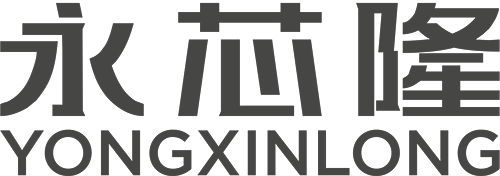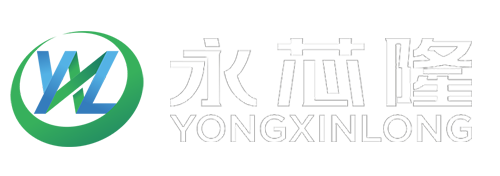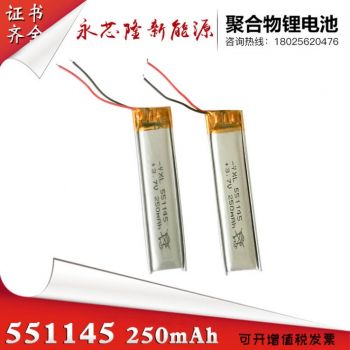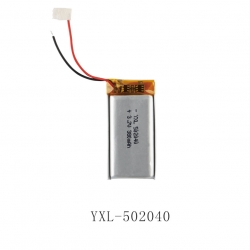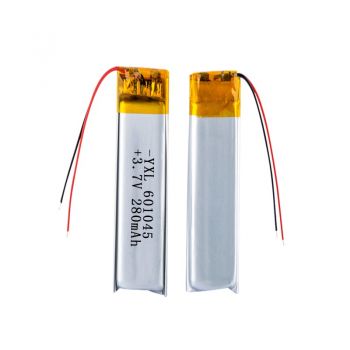Press Releases
Why Reverse Engineer?
What is Reverse Engineering?
Reverse engineering is the process in which a manufactured part is worked backwards in order to be reproduced, and in some cases – improved. It involves taking an existing part, in typical cases the part would be worn or near the end of its life, taking it apart, examining the individual components and developing an understanding of how the part works. Once this understanding has been developed the part can then be replicated, or enhanced.
Put simply, an engineer will begin with the final product and work backwards through the design process until they reach the initial design specification.
This process can be completed manually, or by using computerised methods. The manual method uses micrometers to take measurements where the part is then hand-sketched. This method is typically only used for an urgent repair job. The digital method involves using measuring equipment such as a FARO Arm, or a portable coordinate measuring machine (CMM) to take accurate measurements of a part. These measurements are then inputted into a CAD software program, where it is digitally reconstructed as a 3D model. This model can be converted into an engineering drawing or loaded into a CAM system ready for the manufacturing process.
Advancement in measuring technology means that reverse engineering solutions can be delivered quickly. Design engineers can easily and accurately use this equipment in order to ensure proper tolerances and machine alignment when working to dimensional measurements.
What are the benefits of reverse engineering?
There are a number of benefits to the reverse engineering process.
Innovation and improvements
Engineering is a versatile industry with constant room for improvement. In such a fast paced environment, reverse engineering offers the opportunity to develop and improve products without needing to start from scratch, saving companies and engineers a huge amount of time and money. Dismantling existing parts can reveal vulnerabilities which helps to identify faults, discover information about the manufacturing methods and design concept and also provide data for future developments.
Examining current products also leads to innovation and discovery. The reverse engineering process opens the possibility for an engineer to discover a part or system that could be useful for a completely different project. By looking at existing parts, it’s possible to discover opportunities for innovation, succeeding includes lowering manufacturing costs and increasing product effectiveness.
Extend the life of legacy systems
There is risk associated with legacy systems. Once a machine is out of its lifespan it will no longer be supported by the original equipment manufacturer (OEM). This means that parts are discontinued making spares & repairs difficult, lengthy and costly. This risk is reduced with reverse engineering as it offers the ability to source accurate, high-quality replacement parts for legacy machines, in a timely and cost-effective manner. Reverse engineering also allows for an engineering drawing or CAD model to be produced and kept on file in the absence of one. In cases where it is not possible to completely replace legacy machines due to discontinued parts reverse engineering offers a simple solution.
